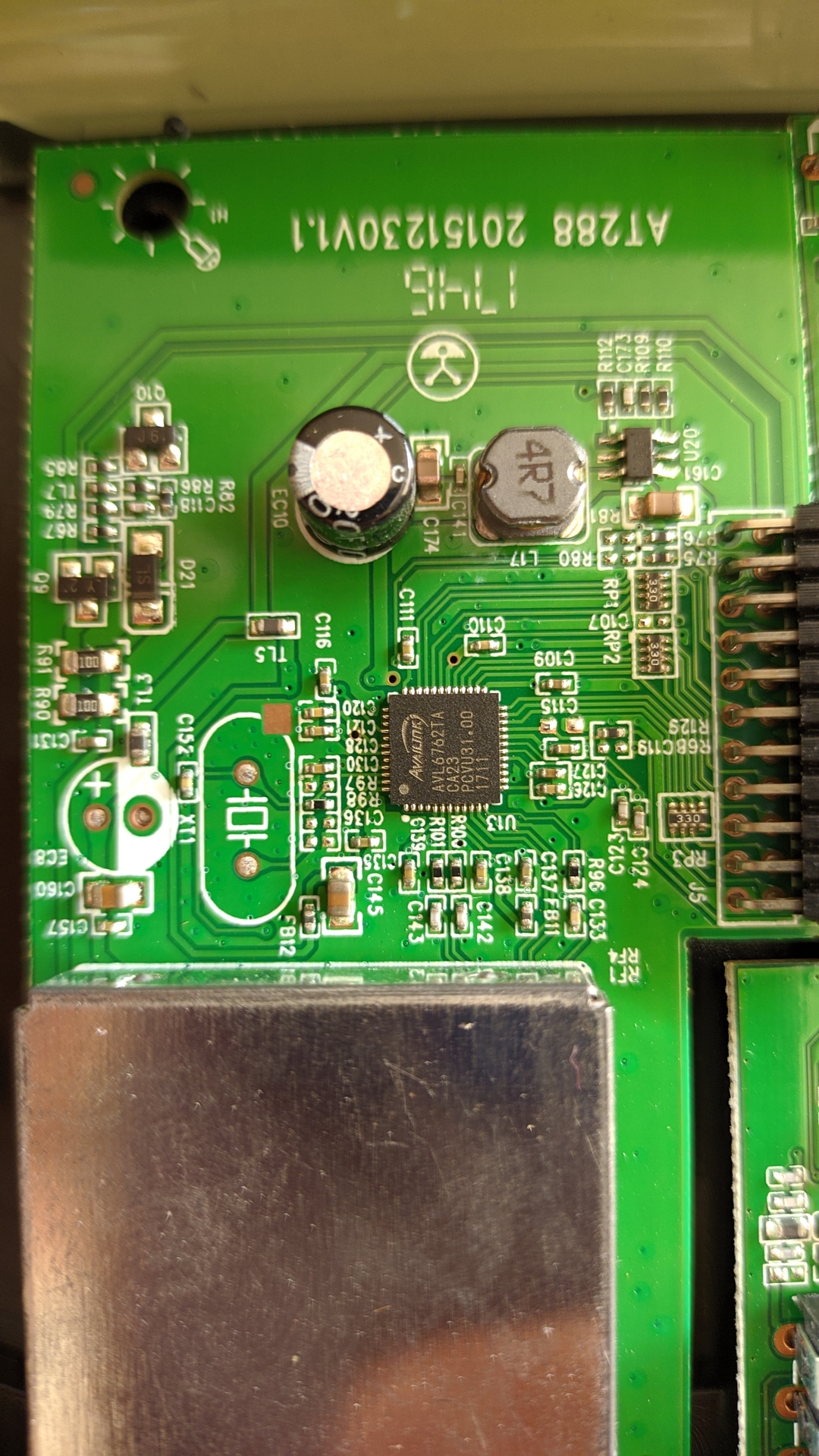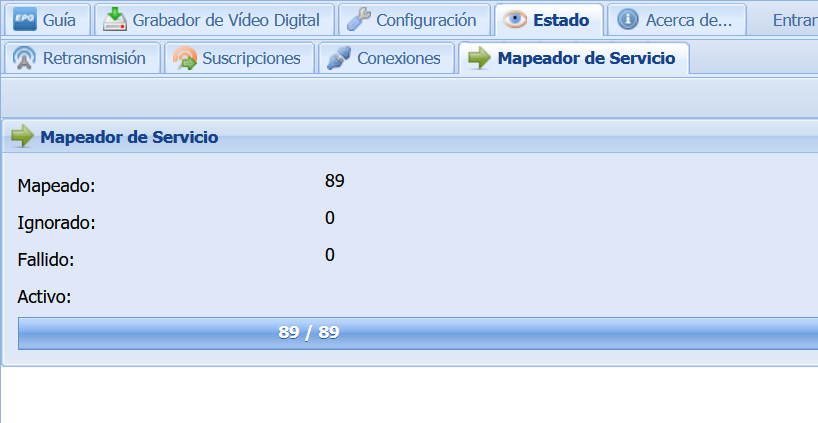

- #TVHEADEND DOCKER IMAGE DOES NOT DETECT TUNER INSTALL#
- #TVHEADEND DOCKER IMAGE DOES NOT DETECT TUNER DRIVERS#
- #TVHEADEND DOCKER IMAGE DOES NOT DETECT TUNER DRIVER#
that's it restart the tvheadend docker.Code 21:56:23.990 dvr: entry dcc00b90c4e7a4c65a20a3bfe0398cd0 "New: Celebrity Hunted" on "Channel 4" starting at 20:59:30, with broadcast id "", scheduled for recording by "192.168.1.41"
#TVHEADEND DOCKER IMAGE DOES NOT DETECT TUNER DRIVER#
(this will rename the tvheadend binary to tvheadend.bin and put a script in between which will start the driver inside the docker - followed by the actual tvheadend binary).ģ. Open the host terminal and enter the tvheadend docker image:
#TVHEADEND DOCKER IMAGE DOES NOT DETECT TUNER INSTALL#
install the tvheadend docker, add an extra device driver for /dev/bus/usb Set up the driver inside the tvheadend docker #crwxrwxrwx 1 root root 212, 7 Dec 19 20:44 frontend0 #crwxrwxrwx 1 root root 212, 3 Dec 19 20:44 demux0 #crwxrwxrwx 1 root root 212, 5 Dec 19 20:44 dvr0 #crwxrwxrwx 1 root root 212, 1 Dec 19 20:44 frontend0 When the driver is started on the host it will exit directly due to the dockerhost flag and only create the nodes)

(this will only take care that some dummy nodes are created in /dev/dvb/, access control will be handled by major/minor numbers of the existing files. Open a terminal as root (console) and run: the old documentation for unraid follows here, we just keep it here for the record. So just install the plugin and you're set. The installation is comfortably handled by a Sundtek Driver plugin in the Unraid environment. One customer also needed to modify the preset current limit of the tuner, he had to place lnblimit=1000ma (case sensitive in nf inside the docker)Īll the sundtek devices work with Unraid. You can use the tvheadend start script to change the permissions if you need that, /usr/bin/tvheadend add chmod 777 /path/to/videodirectory When doing that you need to take care that the user inside the docker also has access to that folder otherwise you will get a permission denied. Usually you will want to mount a local directory inside the docker, this can basically be configured via the Synology Webfrontend.

The installer will rename the tvheadend binary in /usr/bin to tvheadend.bin and places a script instead which will automatically start the driver. sundtek_netinst.sh -docker -use-custom-path /config
#TVHEADEND DOCKER IMAGE DOES NOT DETECT TUNER DRIVERS#
Usually our customers install the drivers inside the docker in /config Inside the docker unfortunately you only have one shot if you do it wrong you have to re-create the docker and re-do this step. The docker itself needs to be created with some -device flags When this is checked the driver will only create those dummy nodes on the host and exit immediately. You can install the driver on the host and check the option "Enable Docker" in the Configuration menu. Mknod /dev/dvb/adapter2/frontend0 c 212 13 Mknod /dev/dvb/adapter1/frontend0 c 212 7 Mknod /dev/dvb/adapter0/frontend0 c 212 1 You can create those dummies manually (but those need to be there before creating the docker image and before starting the docker image)

So the driver on the host has no special function it would just create /dev/dvb devicenodes and exist immediately. Without installing the driver on the host You can also create them manually if you want (see next section): This will cause that the driver on the native host (not in the docker) will create dummy adapter nodes in /dev/dvb, the driver itself will not try to access the USB device - it will only create the files if enabledocker=on is set in the configuration file and exit immediately.Įcho "enabledocker=on" > /etc/nf If you install the driver on the host you should create a configuration file which contains following text: However one special (and a little bit messy part of docker) is that it also needs to know the major/minor IDs which are allowed to be forwarded - before creating and before starting the docker image, that's why nodes in /dev/dvb need to be pre-created on the host. Very important /dev/bus/usb contain the interface to the raw USB devices which is used by the sundtek driver. If you want to install the linux driver in a docker environment a few things need to be taken care of. Various libc / musl / uclibc images are supported. The driver can run in non-privileged mode inside the docker. This is the step that has to be taken care about on the native host (outside of the docker image).


 0 kommentar(er)
0 kommentar(er)
